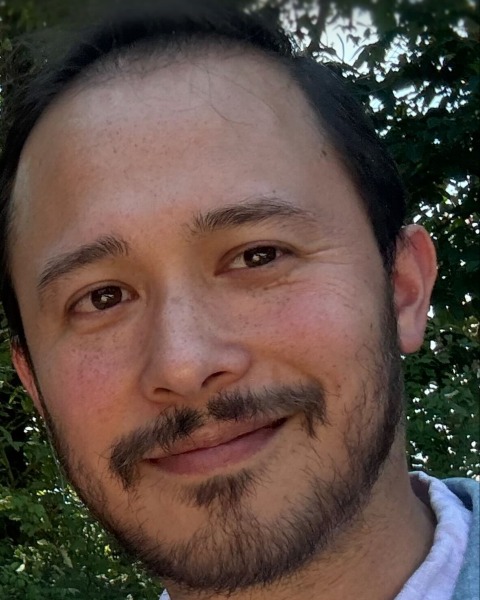Networking
Smart Manufacturing
Smart Manufacturing Reception and Live Poster Session
Optimization of Surface Active Foam Fractionation (SAFF®) for PFAS in Semiconductor Fab Wastewater
Wednesday, October 8, 2025
5:15pm - 6:30pm MT
Location: Smart Manufacturing Pavilion Theater, North Building, Lower Level, Expo Floor

Andrew Punsoni
Sr. North America Manager
Allonnia
Boston, MA, United States
Poster Presenter (SMfG)(s)
Semiconductor fabrication facility (fab) wastewater poses a particular challenge for treatment due to the unique mixtures of per- and polyfluoroalkyl substances (PFAS) they typically contain. Foam fractionation has been effectively deployed as a treatment technology to remove PFAS from various impacted waters such as extracted groundwater for remediation and landfill leachate but there is limited information available on its effectiveness for industrial process waters, especially from semiconductor manufacturing. Foam fractionation has been commercialized by EPOC Enviro as Surface Active Foam Fractionation (SAFF®) and Allonnia is the North American distributor and research partner for this technology. SAFF® is a commercially available, containerized treatment plant that removes PFAS from water and uses multiple stages of fractionation to concentrate removed PFAS into a very small volume of liquid waste. Foam fractionation in general, and SAFF® in particular, are well suited technologies for removing PFAS from semiconductor manufacturing waste streams. Little to no pretreatment is required in most cases and PFAS removal is not negatively impacted by co-contaminants (e.g., metals, salts, or organics). Unlike traditional sorbent-based treatments (e.g., granular activated carbon or ion exchange resin), SAFF® operational costs do not scale with influent PFAS concentrations, providing a low long-term operational cost for PFAS removal.
Allonnia deployed a SAFF® unit at a confidential semiconductor manufacturing facility to treat scrubber blowdown water that contained high concentrations of PFAS. Allonnia completed an initial optimization and demonstration, confirming the unit’s effectiveness at removing PFAS from the wastewater to concentrations below the USEPA drinking water maximum contaminant limits (MCLs). After the initial demonstration, Allonnia and the manufacturer developed a statistically based operation and sampling plan in which multiple SAFF operating parameters were adjusted and corresponding influent and effluent samples were collected to measure PFAS concentrations and removal rates. These data were used to derive the optimal SAFF® operating parameters for a permanent deployment to ensure that treatment objectives were met while minimizing operating costs and waste volumes.
Allonnia deployed a SAFF® unit at a confidential semiconductor manufacturing facility to treat scrubber blowdown water that contained high concentrations of PFAS. Allonnia completed an initial optimization and demonstration, confirming the unit’s effectiveness at removing PFAS from the wastewater to concentrations below the USEPA drinking water maximum contaminant limits (MCLs). After the initial demonstration, Allonnia and the manufacturer developed a statistically based operation and sampling plan in which multiple SAFF operating parameters were adjusted and corresponding influent and effluent samples were collected to measure PFAS concentrations and removal rates. These data were used to derive the optimal SAFF® operating parameters for a permanent deployment to ensure that treatment objectives were met while minimizing operating costs and waste volumes.
